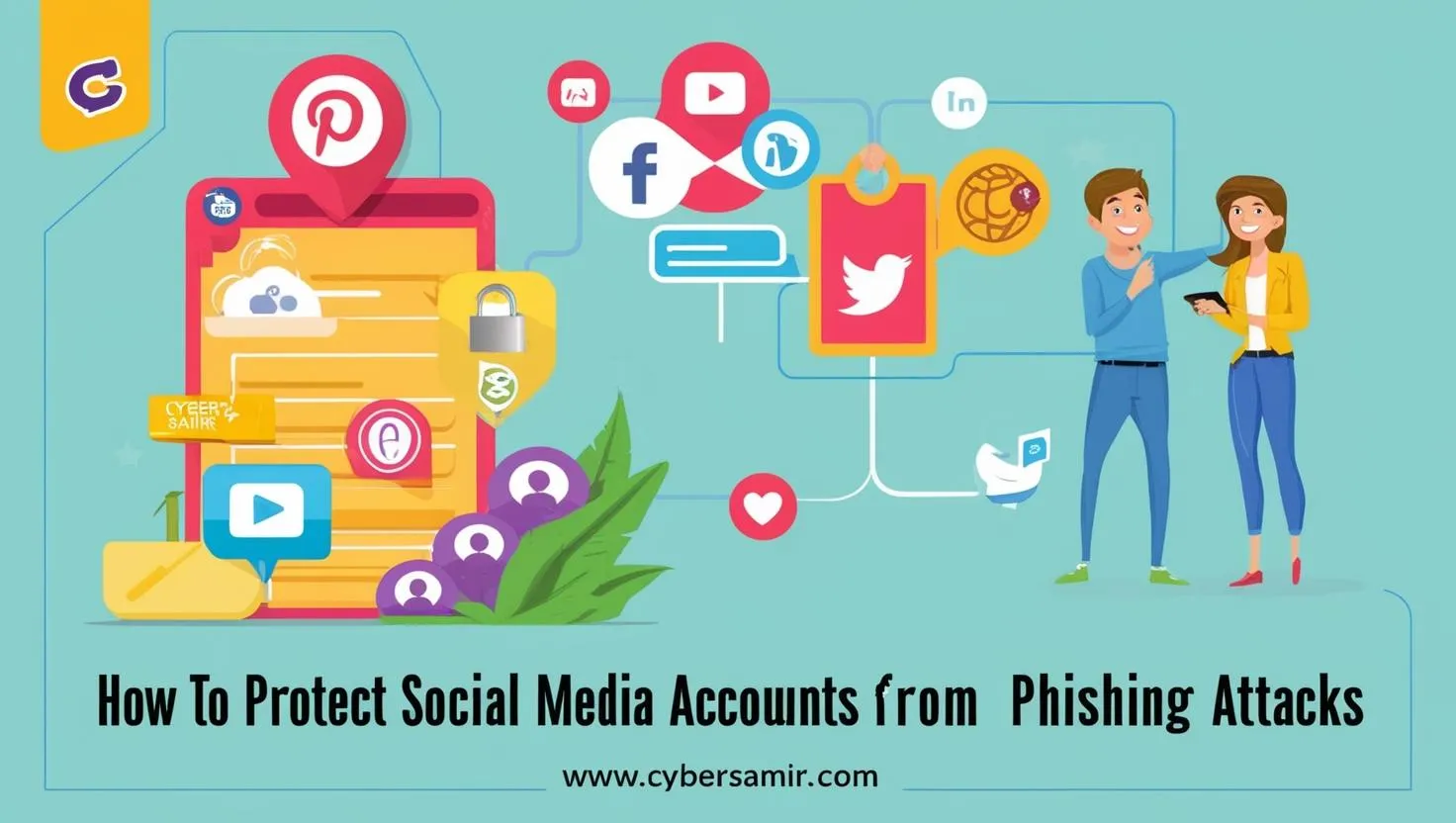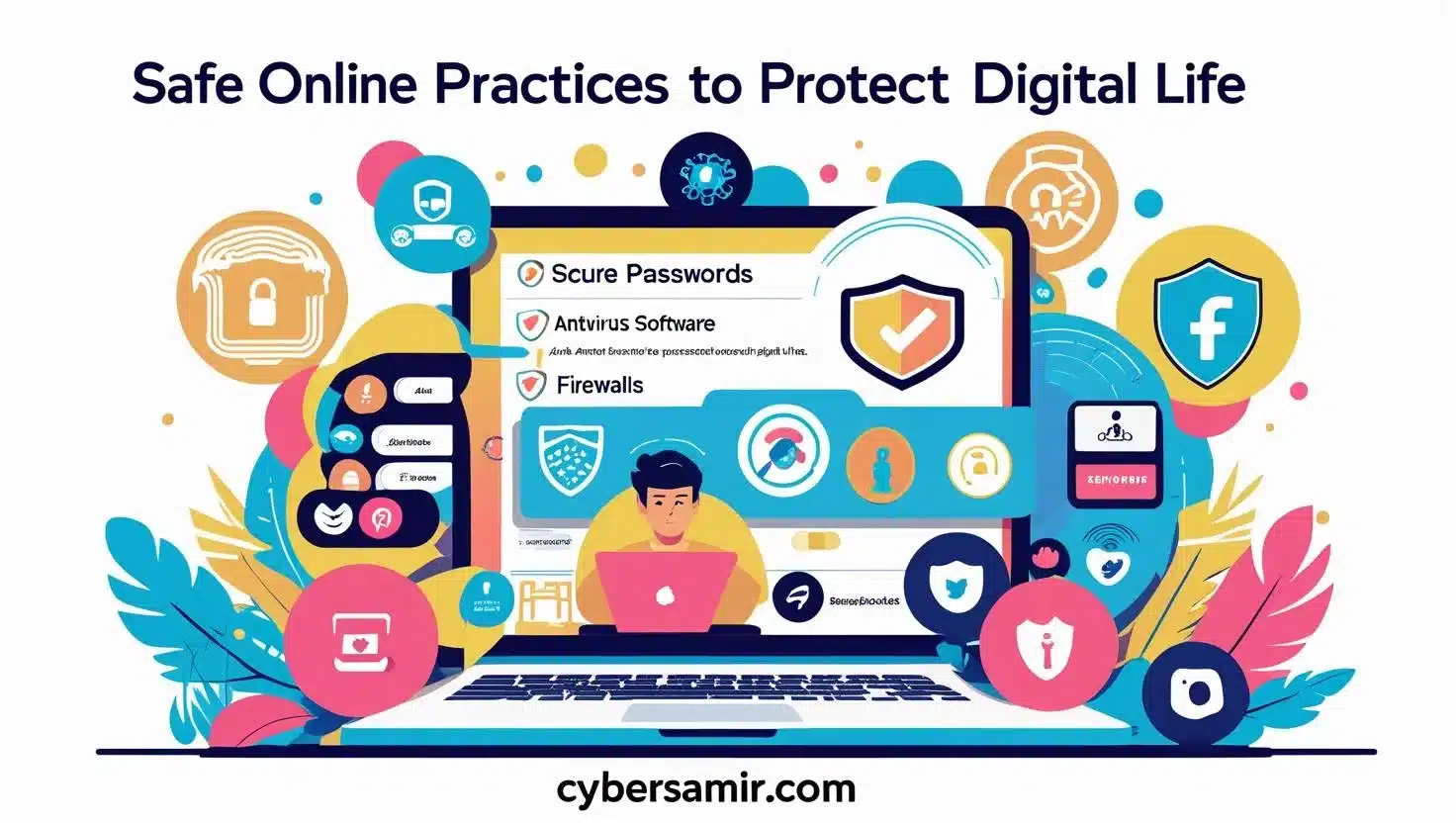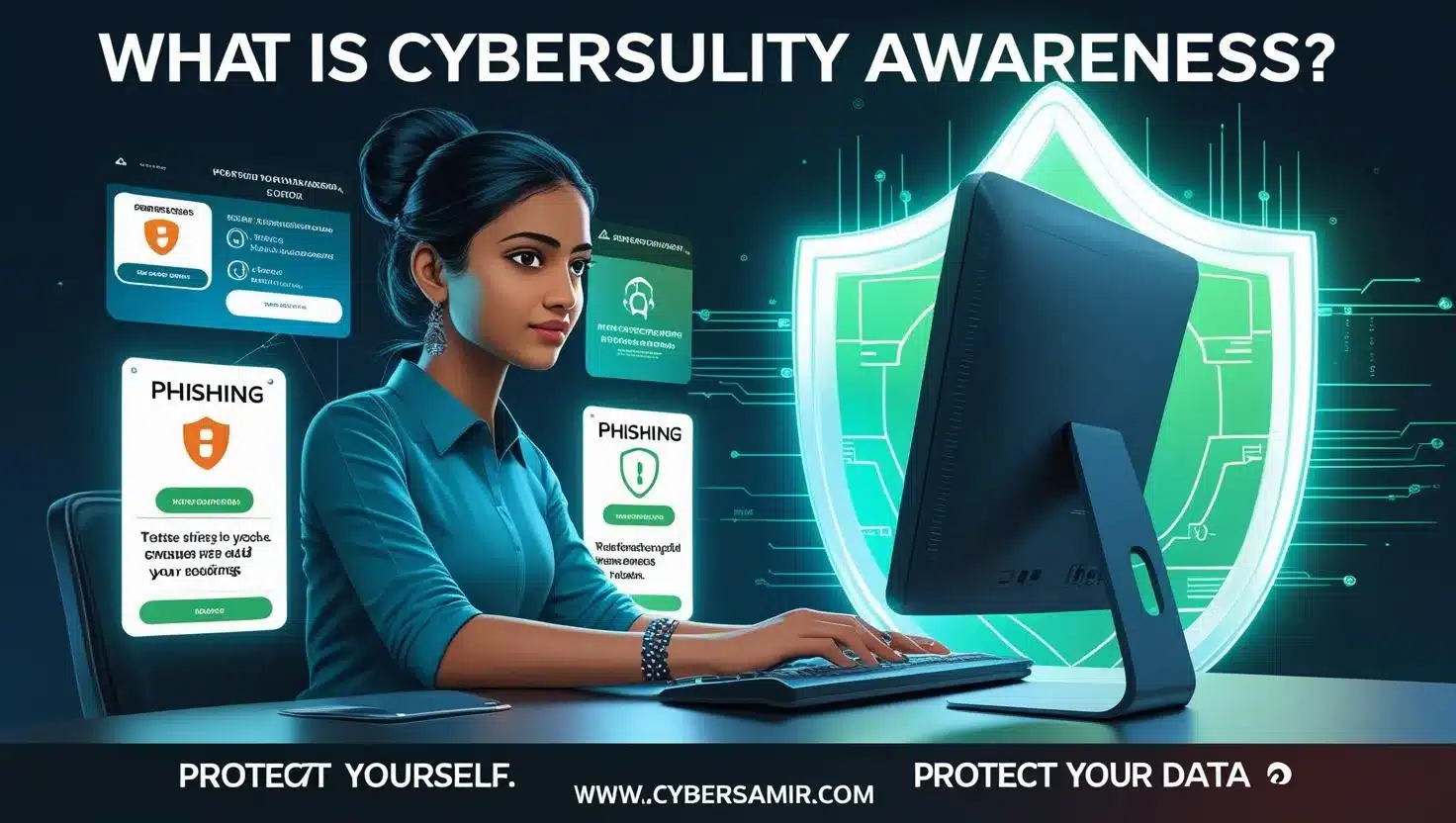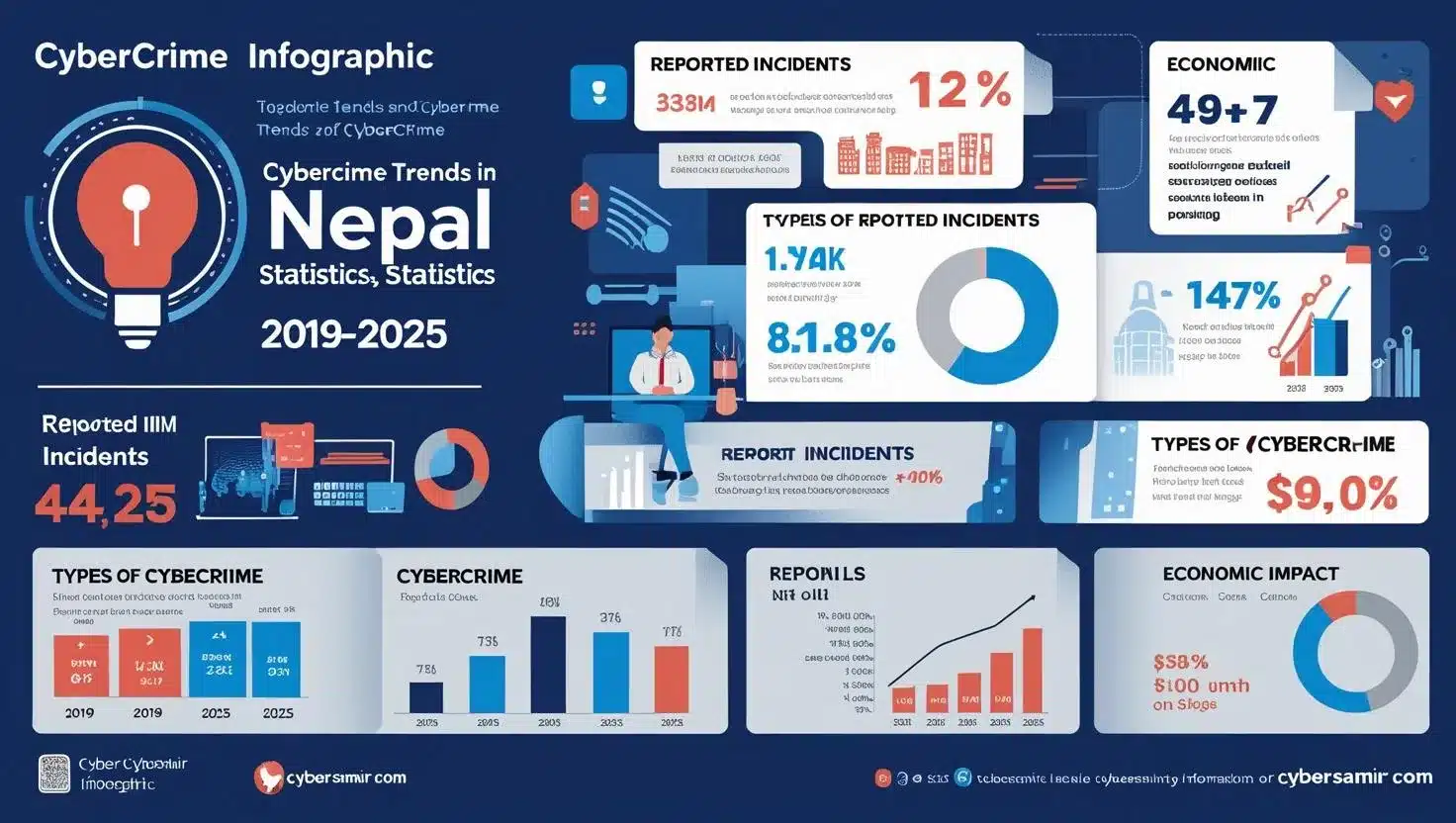
In today’s digital age, social media has become an integral part of our lives. Platforms like Facebook, Instagram, and X (formerly Twitter) connect us with friends, family, and the world1. However, this interconnectedness also makes us vulnerable to cyber threats, with phishing attacks being one of the most prevalent. Phishing attacks involve scammers using deceptive tactics to steal your personal information, such as login credentials or financial details. Social media is an attractive platform for these attacks because of the vast amount of personal information shared and the ease with which fake profiles can be created.
Common Phishing Techniques
Phishing attacks on social media come in various forms. Here are some common techniques to watch out for:
- Fake Login Pages: Scammers create fake login pages that mimic legitimate social media platforms. They may send you a link to one of these pages, tricking you into entering your username and password, which they then steal.
- Malicious Links: Phishing attacks often involve links that lead to malicious websites. These links can appear in direct messages, posts, or comments. Clicking on them can trigger malware downloads or redirect you to sites that steal your information.
- Impersonation Scams: Scammers create fake profiles that impersonate real users or brands3. They may use these profiles to send phishing messages or trick you into divulging personal information.
- Offers or Online Discounts: Scammers create fake posts or ads that offer attractive discounts to lure victims.
- Surveys or Contests: Phishers may use surveys or contests to trick users into sharing personal information.
- Friend Requests: Scammers will befriend you to later attempt to steal money from you by pretending to be in trouble.
- Fake Videos: Phishers will use fake videos as bait to lure victims.
- Comments on Videos or Photos: Phishers will comment on videos or photos to trick users into sharing personal information.
Warning Signs of a Phishing Attempt
Being able to identify phishing attempts is crucial for protecting your social media accounts. Here are some warning signs to look out for:
- Suspicious Messages: Be wary of unsolicited messages, especially those asking for sensitive information.
- Urgent Requests: Phishing messages often create a sense of urgency or threat to pressure you into acting quickly.
- Poor Grammar and Spelling: Phishing emails are often awkward in phrasing, wrong in punctuation, and misspelled.
- Suspicious URLs: Check the URL before clicking on any link. Phishers often use URLs that look similar to legitimate websites but with slight variations or misspellings6. Hover over the link to see the actual URL.
- Unfamiliar Sender Email Address: Phishing attacks often come from unfamiliar addresses that you don’t recognize
Best Practices for Protection
Protecting your social media accounts from phishing attacks requires a proactive approach. Here are some best practices to follow:
- Enable Two-Factor Authentication (2FA): 2FA adds an extra layer of security to your account by requiring a second verification method, such as a code sent to your phone. This makes it much harder for hackers to access your account even if they obtain your password.
- Use Strong and Unique Passwords: Use strong, unique passwords for each of your social media accounts. Avoid using easily guessable information like your birthday or name. A password manager can help you generate and store complex passwords.
- Avoid Clicking on Suspicious Links: Be cautious when clicking on links in emails, direct messages, or posts. Always double-check the sender and the URL before clicking7. If you’re unsure, go directly to the website in question rather than using the link7.
- Verify Account Recovery Options: Make sure your account recovery options, such as your email address and phone number, are up to date. This will help you regain access to your account if it gets hacked.
- Be Cautious with DMs and Emails: Treat direct messages and emails from unknown senders with caution. Don’t share personal information or click on links from untrusted sources.
- Keep Your Software Updated: Regularly update your software to protect yourself. Use the security software that comes on your phone, computer, or tablet or download software.
What to Do If You Fall for a Phishing Scam
If you suspect you’ve fallen victim to a phishing scam, take these steps immediately:
- Recognize and Verify the Attack: Look out for suspicious emails, text messages, or phone calls asking for sensitive information.
- Act Immediately: Change the passwords for all your online accounts, especially those associated with your banking, email, and social media accounts9. Enable two-factor authentication wherever possible.
- Report the Incident: Contact your financial institution or credit card company to alert them about the scam. You should also forward any phishing email or report it to your email provider. Contact local law enforcement or report the incident to the Federal Trade Commission (FTC).
- Monitor and Secure Your Accounts: Monitor your financial and online accounts closely. Regularly check your credit card and bank statements for any unauthorized transactions. Ensure that all your devices have updated antivirus software and regularly scan for malware.
Social media phishing attacks are a real threat, but by staying informed and taking proactive measures, you can protect your accounts and personal information. Always be cautious of suspicious messages, links, and requests for personal information. Enable two-factor authentication, use strong passwords, and keep your software updated. If you suspect you’ve been targeted by a phishing scam, act quickly to mitigate the damage and report the incident9. By staying vigilant and following these best practices, you can enjoy the benefits of social media while minimizing your risk of falling victim to phishing attacks.





